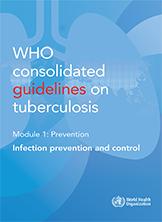3.3.1.1 WHO-recommended four-symptom screen
The 2020 meta-analysis of IPD included 23 studies of 16 269 participants living with HIV, all of which reviewed the accuracy of the W4SS. The studies primarily focused on pulmonary TB disease. The unweighted average TB prevalence among participants within these studies was 9.2%, ranging from 1% to 26%; and 52% of people living with HIV screened positive on the W4SS. The sensitivity of the W4SS among all people living with HIV was 83% (95% CI: 74–89) and specificity was 38% (95% CI: 25–53).

 Feedback
Feedback